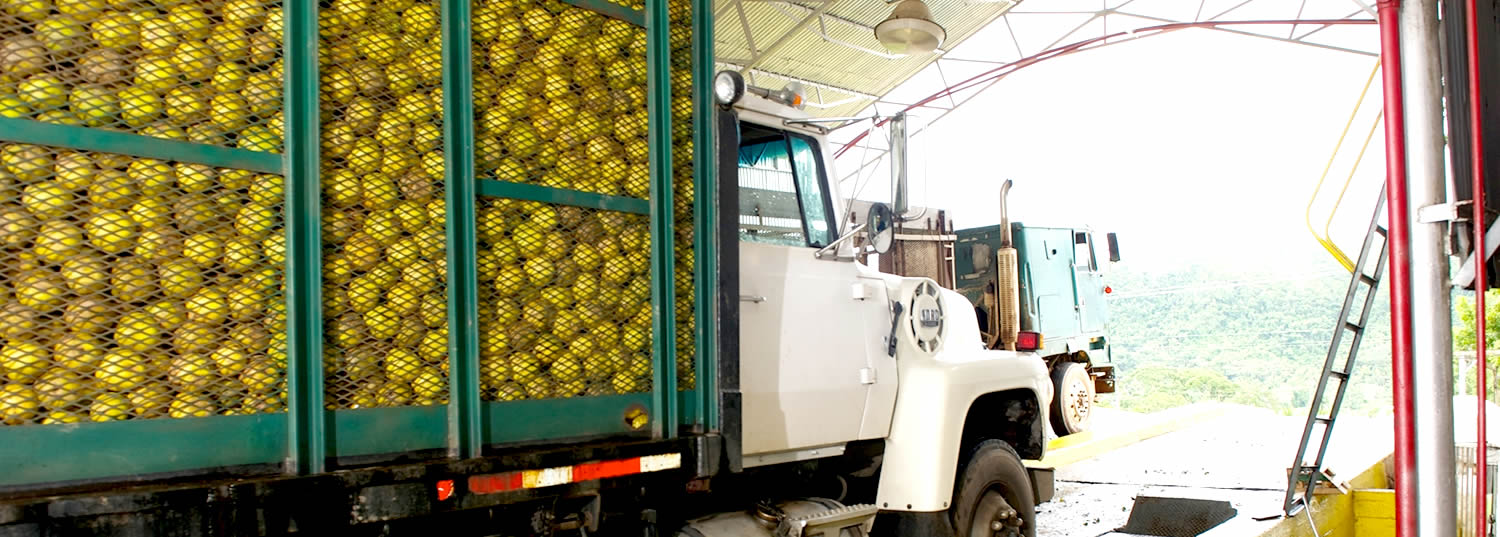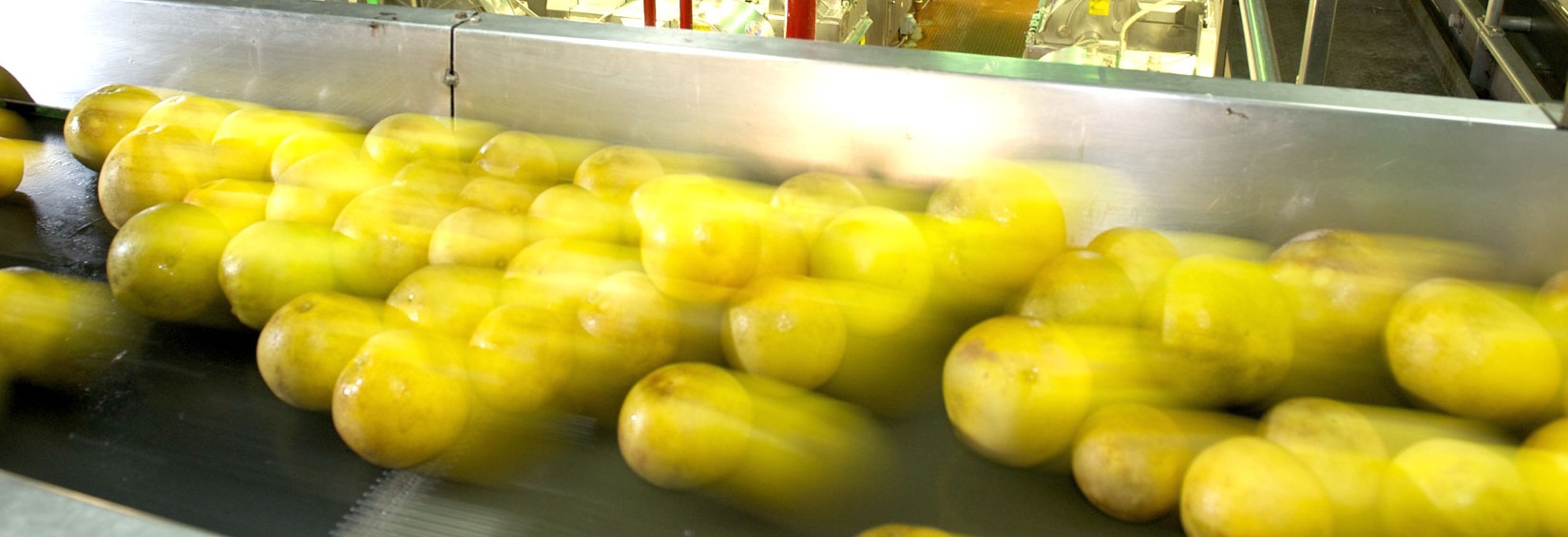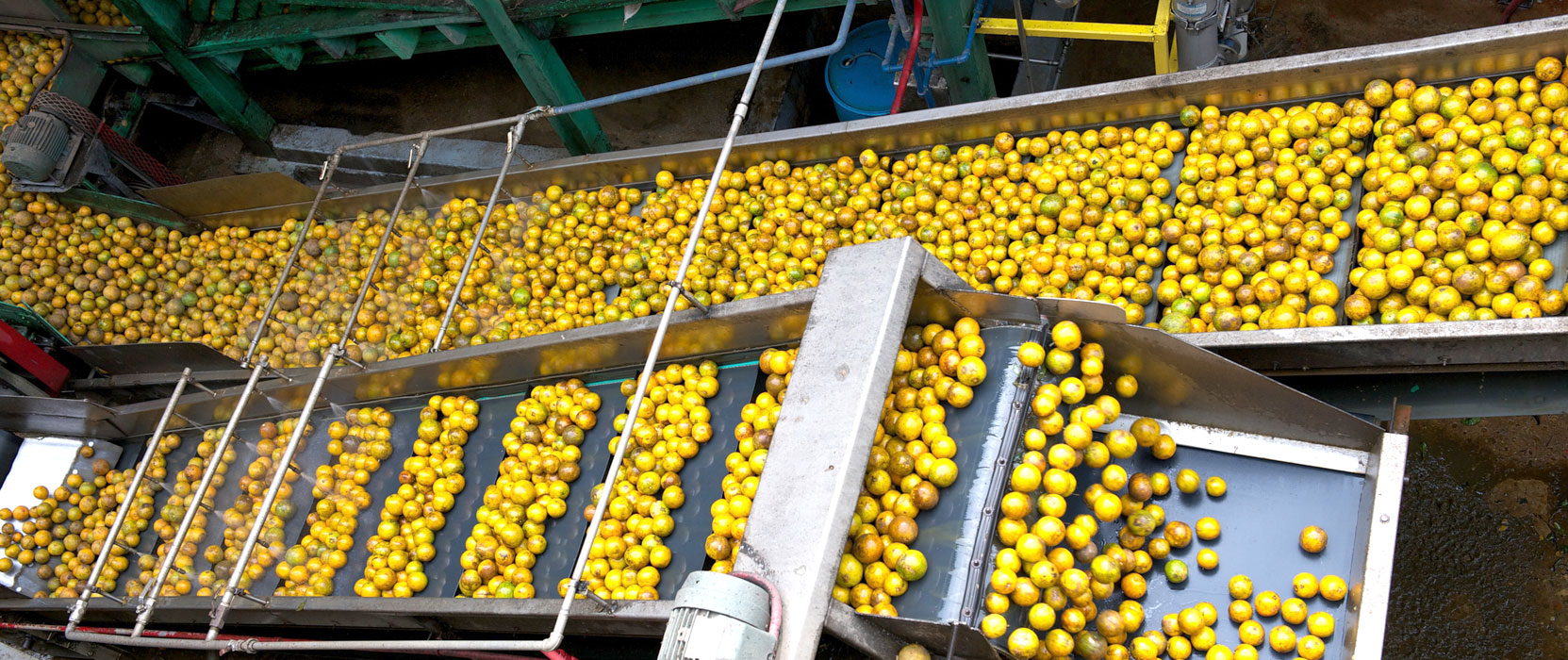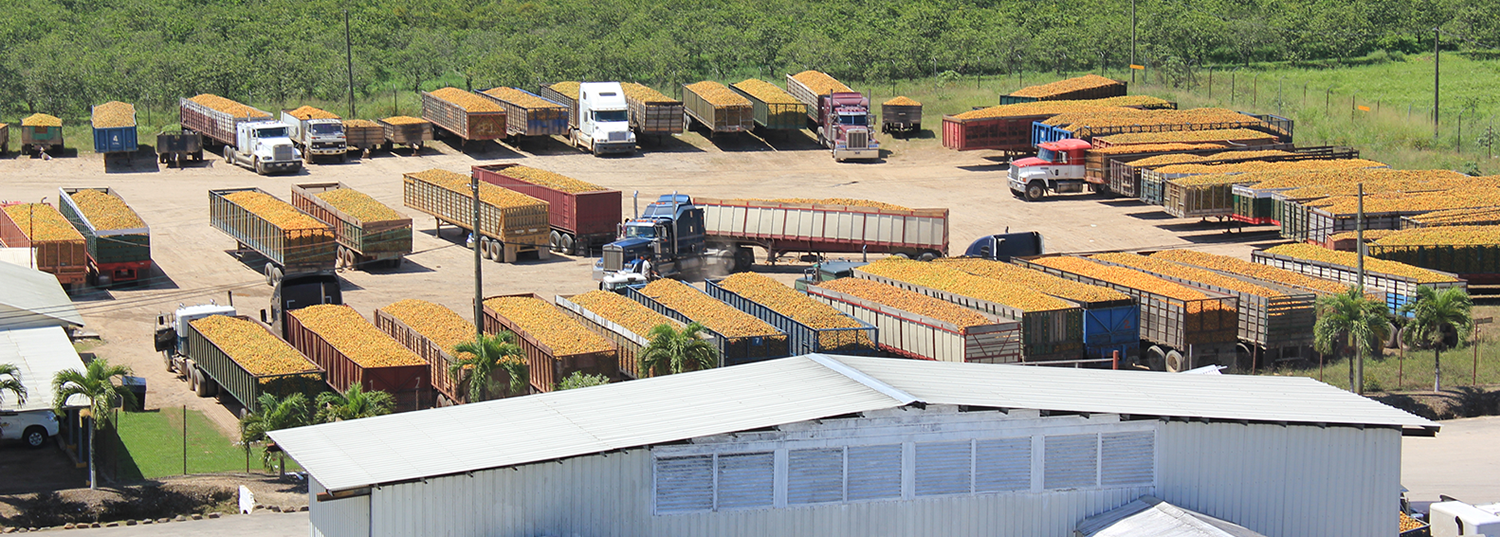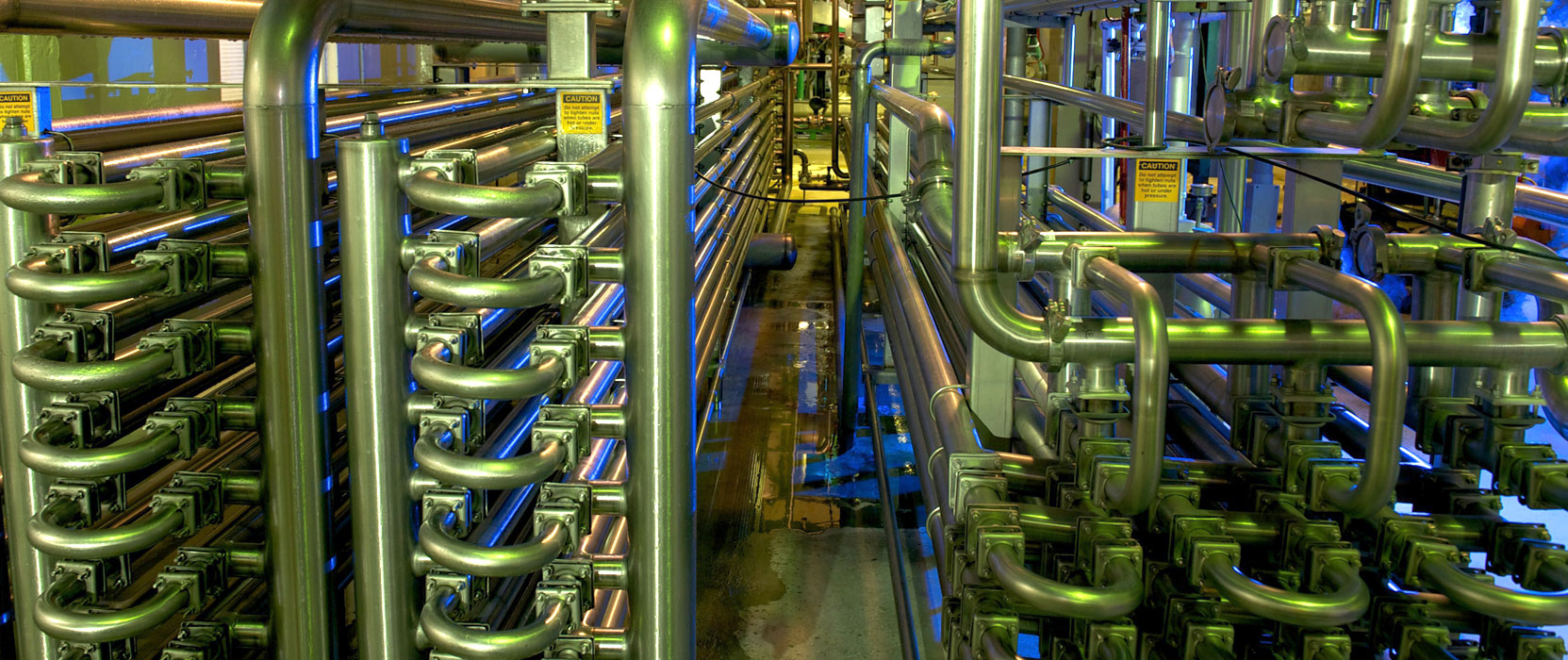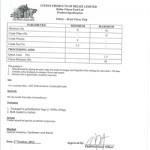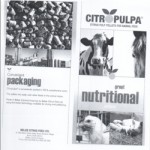PRODUCT INFORMATION
Product name
| English | Citrus pellets |
| Spanish | Pulpa de citricos en bolas |
Product description
Citrus pellets are produced from the residue (includes the peel, pulp and seeds) originating from citrus fruit varieties which. Molasses (not more than 45%) and quick lime (not more than 1.5%) is added to the peel which is then macerated and then pressed under high pressure. Pressing reduces the moisture to 65% to 75%.
Drying takes place in rotating drums by passing indirect heat over giving a dried citrus meal. This meal is compressed in pelletizing machines or extruders to form cylindrically shaped pellets. Pelletizing reduces volume 1.7 fold, so permitting better utilization of transport and storage capacity.
Intended use
Citrus pellets are primarily used as a feedstuff, especially for dairy cattle, fattened beef cattle and sheep.
Transport
| Bulk cargo | Spontaneously combustible, Class 4.2 IMDG Code |
Means of transport
Ship, truck, railroad
Cargo handling
Do not unload very hot product with hydraulically operated grabs as the hydraulic lines are not capable of withstanding such elevated temperatures. Use only cable-operated grabs for spontaneously heated product.
Stowage factor
| 1.68 m3/t |
Grain size
| Diameter approx. 6 mm, length approx. 25 mm (maximum grain size) |
Stowage space requirements
Cool, dry. Mechanical ventilation of the stowage spaces must be possible. Do not stow near over heated double bottom tanks, close to the engine room bulkhead or pipe work which may become hot.
Risk factors and loss prevention
Temperature
Citrus pellets require particular temperature, humidity/moisture and ventilation conditions.
Favorable travel temperature: 5 – 25°C [1]
In tropical ports, temperatures of 25 – 55°C may occur in the products to be loaded.
Humidity/Moisture
Citrus pellets require particular temperature, humidity/moisture and ventilation conditions (SC VII)
| Designation | Humidity/water content | Source |
| Relative humidity | 70% | [1] |
| Water content | 8 – 12% | [1] |
| Maximum equilibrium moisture content | 70% | [1] |
Pellets must be protected from all forms of moisture (seawater, rain and condensation water), since moisture encourages mold, mustiness and self-heating.
Ventilation
Recommended ventilation conditions: surface ventilation.
As with bulk cargoes of expeller, pellets are also often not ventilated.
In order to avoid moisture damage on the surface of the cargo, ventilation must not be performed with cold external air.
Biotic activity
Citrus pellets display 3rd order biotic activity.
They belong to the class of products in which respiration processes are suspended, but in which biochemical, microbial and other decomposition processes still proceed.
Care of the cargo must be aimed at limiting the autoxidative fat cleavage process and so preventing possible self-heating of the product.
Self-heating / Spontaneous combustion
Oil content: 0.1 – 1.0% [1]
Citrus pellets are liable to the risk of self-heating/spontaneous combustion.
Odor
| Active behavior | Citrus pellets have a pleasant, sweetish odor of fruit and should not be stowed together with odor-sensitive products. |
| Passive behavior | Citrus pellets are sensitive to unpleasant and/or pungent odors. Odor-tainted pellets are rejected by livestock (especially horses and cattle). |
Contamination
| Active behavior | Citrus pellets cause dusting during handling. There is a risk of dust explosion at a dust/ air ratio of 20 – 2000 g/m3. |
| Passive behavior | Citrus pellets are sensitive to contamination by dust, dirt, fats and oils. The holds or containers should thus contain no residues of previous cargoes, such as ores, minerals, chemicals, salts, fertilizers. |
Shrinkage/Shortage
Slight losses (trickle losses) may occur during cargo handling.
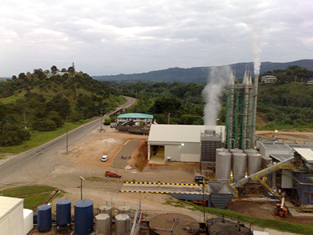 |
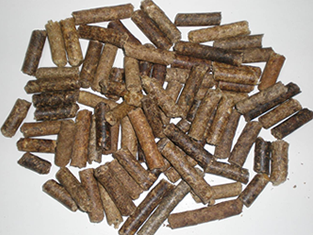 |

